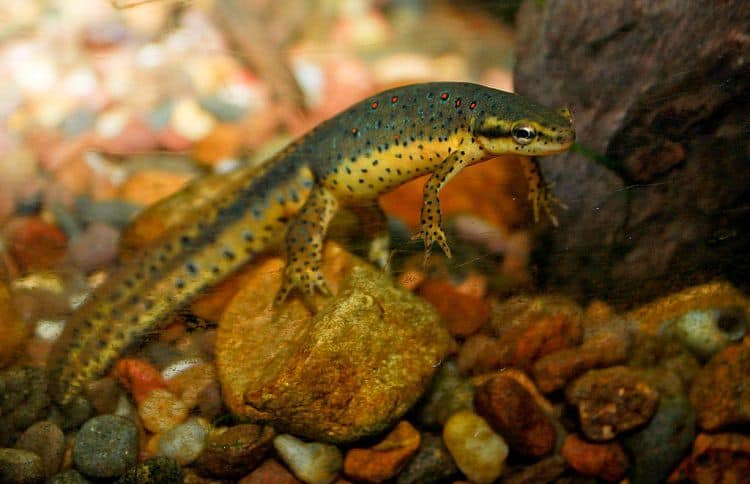Table of Contents
There are those that just assume newts are the same as lizards (they do look a little like them, after all), but newts are different in many ways. For a start, as amphibians, newts breed in a different way to lizards. Newts breed in water, while male newts do not have penises or organs similar to lizards. What they do have is a cloaca, which is an orifice that leads to their reproductive tract.
The newt mating ritual is similar to that of something like the scorpion whereby the male deposits a spermatophore (sperm packet) and then leads the female over this so that she can pick it up.
Do Newts Lay Eggs?
As a new newt keeper, you might have been wondering whether these creatures lay eggs or if they give birth to live young. Despite spending lots of time on land, newts do return to water to breed. They typically begin migrating back to a nearby pond around February or March time when temperatures begin to rise. Some newt species migrate to ponds in the autumn so that they can lay their eggs before the winter arrives.
to breed. They typically begin migrating back to a nearby pond around February or March time when temperatures begin to rise. Some newt species migrate to ponds in the autumn so that they can lay their eggs before the winter arrives.
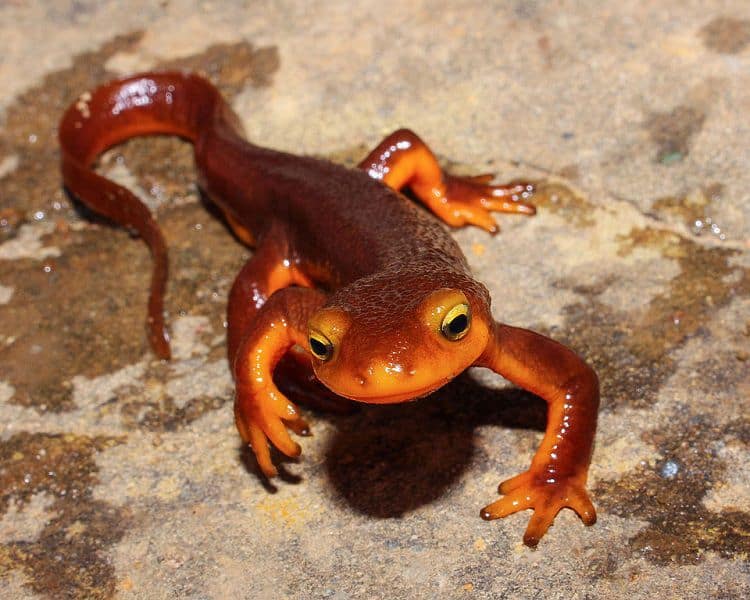
California Newt 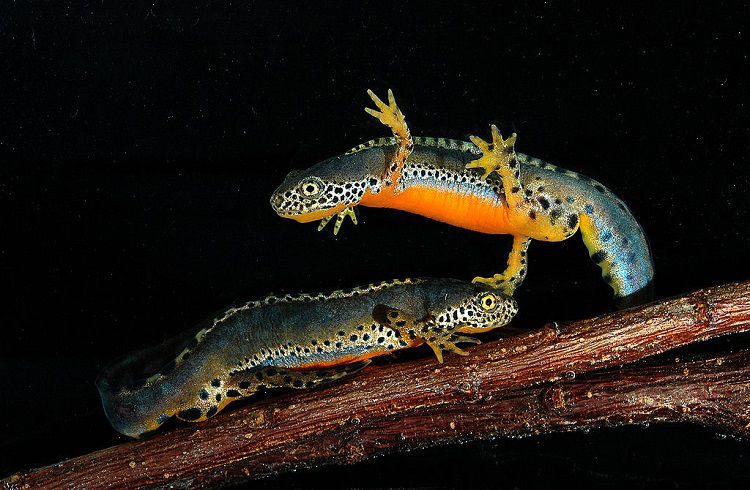
Alpine Newt 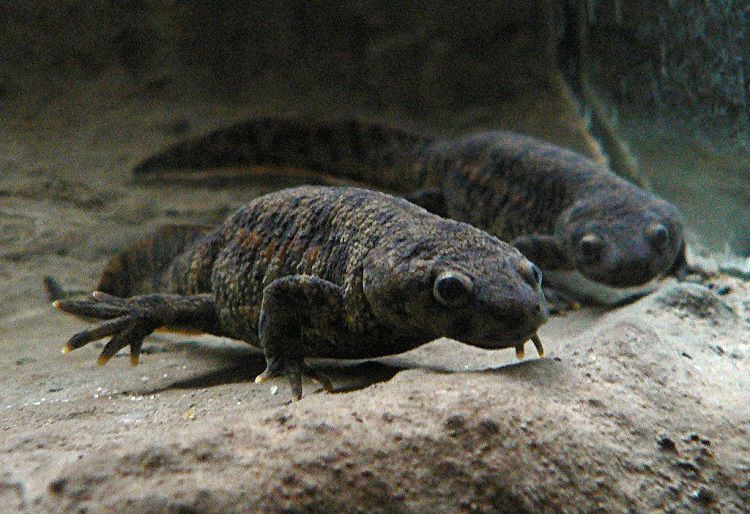
Iberian Ribbed Newt
Male newts tend to return to the pond before the females. The reason for this is that it allows them to feed well and develop their toe webs and breeding crests. This all contributes to them adequately performing the necessary mating ritual underwater, which includes fanning and waving their tails. The female is attracted to this display; indeed, the more elaborate the display, the greater the chance of her picking up the male’s spermatophore for fertilization.
Do Newts Lay Eggs on Water?
Once fertilized, the eggs will be laid on the surface of the water. Female newts can lay between two and three hundred eggs. March to June is the main egg-laying period, with April and May being the two main months.
A female newt usually lays two to three eggs at a time, using her hind legs to wrap each egg in a leaf found on the water’s surface. You can usually tell that there are eggs in a plant by the ‘concertina’ effect in the appearance of leaves. The eggs are wrapped in this way by the female to protect them from predators and, among other things, UV rays. They will usually hatch after about two to three weeks.
If you are hoping to breed your newts, you will need a large, well-lit aquarium stocked with an adequate supply of live plants. This will provide a place for the females to lay her eggs. The water should be kept between 54-65F.
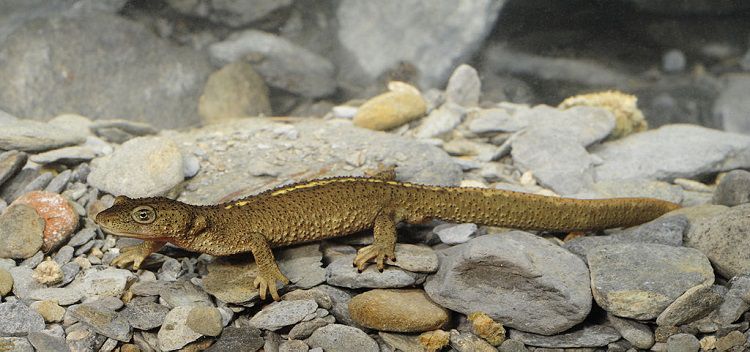
What Do Newt Eggs Look Like?
As mentioned above, female newts like to wrap their eggs in the leaves of water plants. They fold the leaves around the eggs to protect them, so the best indication that eggs are present is the appearance of folded leaves.
What the eggs look like depends on the species of newt. For example, the great crested newt lays eggs that are white. They might sometimes have a tint of orange or green. Palmate and smooth newts lay eggs that are smaller than those laid by the great crested newt and these are typically beige or grey when first laid.
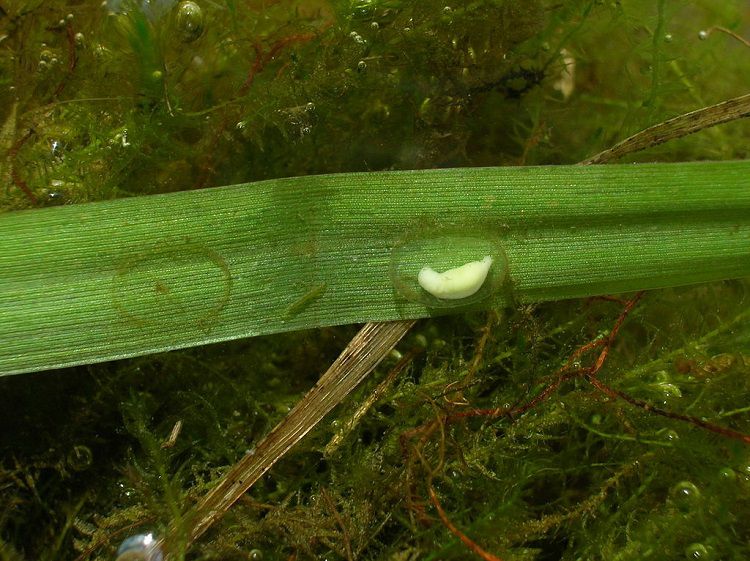
What Do Baby Newts Look Like?
Baby newts are called larva or tadpoles and their appearance differs from one species to the next. The great crested newt larvae have dark blotches on their tail fins. They have long toes and grow to around five centimeters.
Smooth and palmate newt larvae are very similar to each other. They do not have blotches on their tail fins or long toes and they typically grow to around three centimeters.
Newt larvae are often mistaken for baby fish due to their feathered external gills. However, they do not stay like this. They develop front legs before their back legs and, when they are ready to leave the water, they will absorb their gills.
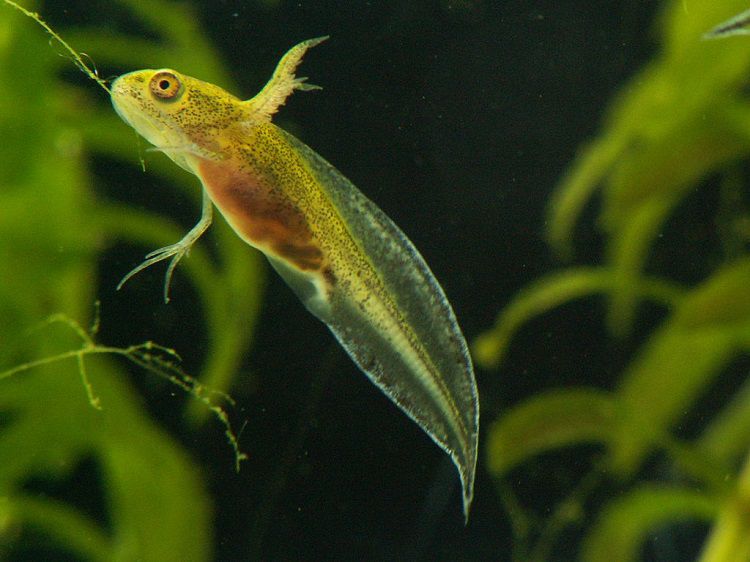
What Do Baby Newts Eat?
If you have noticed baby newts in your tank, you might be worrying about what to feed them. Is it okay to feed them the same food that the adult newts eat?
Adult newts eat insects such as mealworms, white worms, and crickets. Baby newts are capable of feeding themselves and can eat small shrimp as well as insect larvae.
Photo Credits:
- Featured Image (Redspotted Newt): Brian Gratwicke
 – This file is licensed under the Creative Commons
– This file is licensed under the Creative Commons Attribution 2.0 Generic
Attribution 2.0 Generic license.
license. - California Newt: Connor Long
 – This work is licensed under the Creative Commons
– This work is licensed under the Creative Commons Attribution-ShareAlike 3.0
Attribution-ShareAlike 3.0 License.
License. - Alpine Newt: Joxerra Aihartza – Copyleft: This work of art is free; you can redistribute it and/or modify it according to terms of the Free Art License
 . You will find a specimen of this license on the Copyleft Attitude site
. You will find a specimen of this license on the Copyleft Attitude site as well as on other sites
as well as on other sites .
. - Iberian Ribbed Newt: Peter Halasz. (User:Pengo
 ) – This file is licensed under the Creative Commons
) – This file is licensed under the Creative Commons Attribution-Share Alike 3.0 Unported
Attribution-Share Alike 3.0 Unported license.
license. - Pyrenean Brook Newt: Benny Trapp
 – This file is licensed under the Creative Commons
– This file is licensed under the Creative Commons Attribution-Share Alike 3.0 Unported
Attribution-Share Alike 3.0 Unported license.
license. - Developing Egg of Northern Crested Newt: Piet Spaans – This file is licensed under the Creative Commons
 Attribution-Share Alike 2.5 Generic
Attribution-Share Alike 2.5 Generic license.
license. - Northern Crested Newt Larva: Piet Spaans – This file is licensed under the Creative Commons
 Attribution-Share Alike 2.5 Generic
Attribution-Share Alike 2.5 Generic license.
license.

